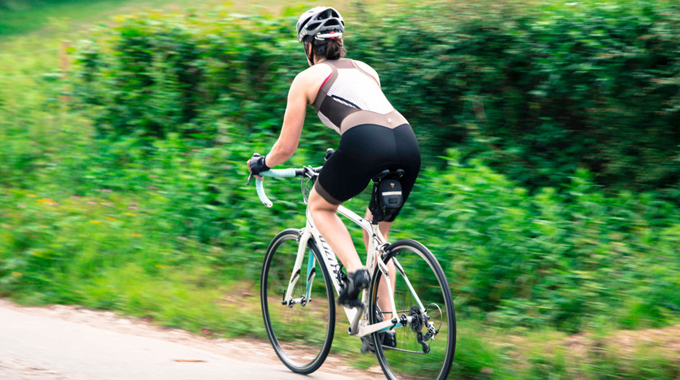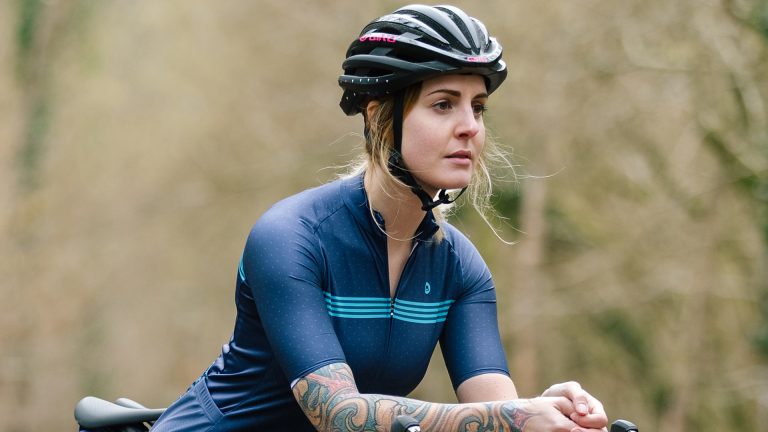When you get a new bike, it feels awesome – you fall in love with its beautiful sleek body, spend all your spare minutes in its company, let it sleep on your bed (no? too far?).
And then in time, the glow begins to ebb – gradually the love dissipates a little and you start to look elsewhere. Your riding buddies have lighter frames, quicker shifting…
Could you and your bike be losing the spark you once had? Never fear, it might not be the bike itself, it may just need a little TLC. Here are some of the signs your bike is slowing you down, and what you can do about it.
Bottom Bracket Wobble

Did you once feel a strong push with every pedal stroke, which propelled your forward? Has it now been replaced with a sort of rocking between your legs, and a faint knocking sound?
The bottom bracket sits in the frame – the pedals (and cranks) revolve around it. Over time, the bearings inside it will become worn. No bottom bracket lasts forever, eventually, you’ll need to replace it.
How often the bottom bracket needs replacing will depend upon your mileage, but when pedalling starts to begin to feel rough and laboured, it’s usually the first sign. Next, you’ll hear an unhealthy crunching. Finally, when it really needs doing, you’ll be able to hold on to one crank and make the whole unit wiggle.
The good news is, once you replace the bottom bracket, your bike will feel amazing!










